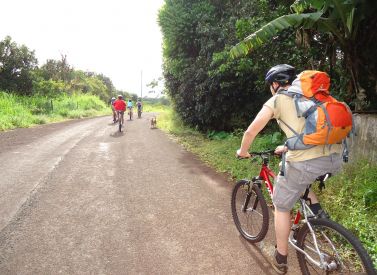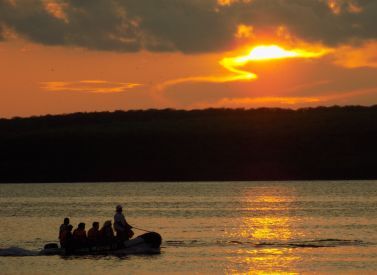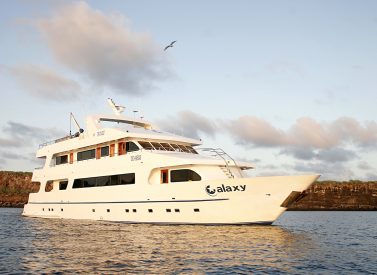What Inspired Charles Darwin’s Evolution Theory in Galapagos Islands.
 by Tom Shearman on 7th December, 2021
by Tom Shearman on 7th December, 2021
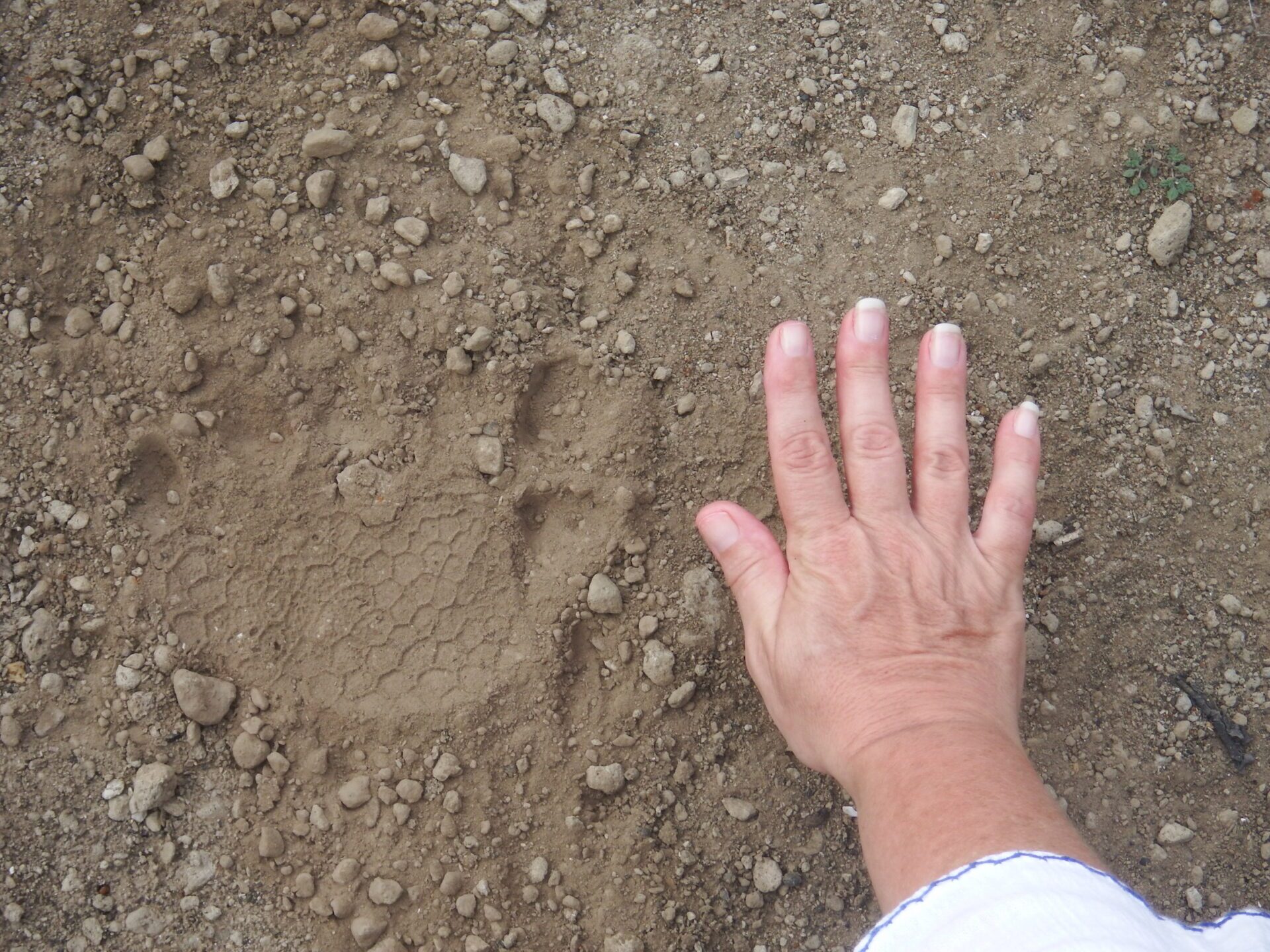
Charles Darwin and the Galapagos Islands are linked forever thanks to Darwin’s Theory of Evolution.
The Galapagos Islands helped the English naturalist, geologist, and biologist formulate his groundbreaking work on evolution. Today, some 186 years after Darwin first stepped foot on the Galapagos Islands, their connection is as strong as ever.
Let’s see how the wildlife and natural history of the Galapagos, including those famous Darwin finches, changed the way society viewed its origins.
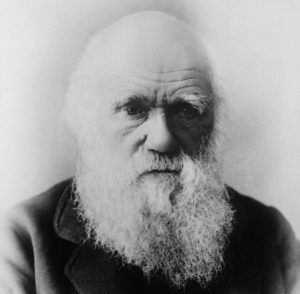
Who Was Charles Darwin?
Charles Darwin was the fifth of six children born to wealthy parents in Shrewsbury, England. He initially trained as an apprentice doctor under his father’s wing. But Darwin neglected his studies at the University of Edinburgh to pursue his passion for the natural world.
While in Edinburgh, Darwin met John Edmonstone, a black slave eventually freed from Scotsman Charles Edmonstone’s timber plantation in Guyana. John Edmonstone taught Darwin taxidermy, a skill that would be vital in the Galapagos Islands.
Darwin’s father then sent Charles to Christ’s College in Cambridge with the idea of his son becoming a parson. However, beetle collecting, riding, and shooting usurped the studies. Charles also became more and more interested in adaptations in the natural world and their relationship, or not, with God.
By chance, HMS Beagle had space for a self-supported naturalist, with the prerequisite of being a ‘gentleman’ of importance to the captain. Darwin’s father objected to the trip, but Charles was persuaded to sail by his brother-in-law, Josiah Wedgwood II, who stumped up the funding, too.
Who Captained HMS Beagle?
HMS Beagle was a small, 90-foot (27.4m) ten-gun brig with a 75-strong crew and captained by Robert Fitzroy, a pioneering meteorologist. What was planned to be a two-year trip turned into a five-year voyage.
Darwin slept in a hammock above his notes in the ship’s map room and was given a storeroom for his collections of fossils, animals, and plants. Crates full of specimens would be sent back to England whenever HMS Beagle docked for supplies. All the cargo charges were paid by Darwin’s father.
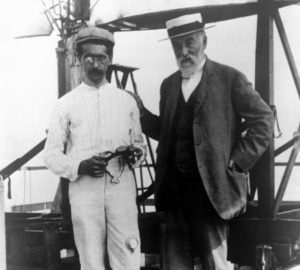
How Long Was Charles Darwin in the Galapagos Islands?
HMS Beagle reached the eastern Galapagos island of San Cristobal on 15 September 1835, nearly four years after setting off from England. Darwin had been collecting fossils, animals, and plants throughout his voyage, as well as making extensive notes of what he observed.
HMS Beagle was too bulky to land, and Darwin and the crew would launch smaller boats to islands like many of today’s modern cruises. He visited four of the archipelago’s 127 islands.
San Cristobal (Sep 17-22): Crew capture giant tortoises for food. Darwin studied tortoises, lava, and plants.
Floreana (Sep 24-27): Visited a penal colony, learned that each island’s tortoise was different.
Isabela (Sep 29 – Oct 2): Marine iguanas and bird watching
Santiago (Oct 8-17): A week collecting specimens, realising the various islands were home to different species
Isabela and Wolf (Oct 17-20): East coast of Isabela to collect a specimen-gathering party and to observe Wolf island.
How Did the Galapagos Islands Influence Darwin?
Darwin saw the similarity between the Galapagos Islands’ animals, their diversity, and how each adapted to their distinct environments. He focused on finches in his book, Voyage of the Beagle (1839).
Darwin wrote: “Seeing this gradation and diversity of structure in one small, intimately related group of birds, one might really fancy that from an original paucity of birds in this archipelago, one species had been taken and modified for different ends.”
These thoughts and observations consolidated over the years when On the Origin of Species was published in 1859. Darwin delayed its release because of fears over the incendiary content. The book was controversial as it challenged God’s role as chief creator, was seen by others as a tool wielded by God, and others as a new scientific reality.
Darwin’s work on the Theory of Evolution drastically altered the scientific view on the biological origins of life.
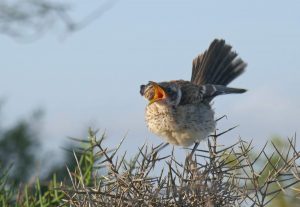
What Is On The Origin of Species?
Charles Darwin’s theory is now a fundamental concept in science. Evolution comes from what Darwin called natural selection: animals and plants adapt to their environment to survive. Nowadays, we call these adaptations endemic species, which are species found in one place and nowhere else on earth.
The Galapagos Islands were crucial for demonstrating Darwin’s Theory of Evolution. Animals on remote islands evolved over long periods to succeed in their environment. They leave behind their original characteristics as they evolve and pass on the adaptations to their offspring. He wrote all this in his book, On The Origin of Species, published in 1859.
Galapagos tortoises are a prime example and easier to study than Darwin’s finches. On Galapagos islands with wet, highland areas, tortoises are larger, with short necks and domed shells, perfect for searching for food on this terrain. On islands with dry lowland areas, tortoises are smaller with longer necks to help them reach food and saddleback shells.
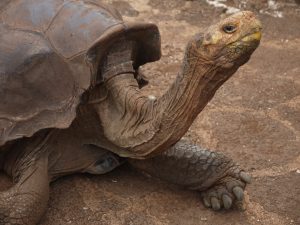
Did Darwin Publish Any More Work?
Charles Darwin remained a fervent observer and researcher in his later life, despite suffering various illnesses. He studied orchids and cross-pollination, tracked the movements of climbing plants, discussed animal behaviours, and the effect of worms on soil, many of which were released as books.
He died in England, aged 73, from heart disease, albeit many suspected he had picked up Chagas disease during his travels.
Six Facts About Charles Darwin
- Darwin wrote a ‘pros’ and ‘cons’ list before marrying. Pro-marriage reasoning included “children,” “constant companion (and friend in old age) and better than a dog anyhow.” Against numbered “freedom to go where one liked” and “loss of time.”
- A self-proclaimed agnostic, Darwin lost his Christian faith after seeing the cruelties of slavery and the deaths of three of his ten children.
- Darwin hated the sight of blood, one of the reasons he quit medical school at the University of Edinburgh in 1825.
- Culpepper Island in Galapagos is also called Darwin Island, but Darwin never set foot there. He did observe Culpepper’s wildlife from a distance.
- Darwin’s fine dining was an exotic affair; he tasted many beasts on his tours, including puma, armadillo, and hawks. Rumour had it he couldn’t finish a brown owl meal.
- Westminster Abbey became Darwin’s final resting place after public clamour. He lies close to fellow scientific giants John Herschel and Isaac Newton.
Charles Darwin Fact File
Full name: Charles Robert Darwin
Born: 12 February 1809, Shrewsbury, England
Died: 19 April 1882, (aged 73), Kent, England
Spouse: Emma Wedgwood (married 1839)
Children: 10
Famous works: The Voyage of the Beagle, On the Origin of Species, The Descent of Man
Where Can I Learn More About Charles Darwin and Galapagos?
Any visit to the Galapagos Islands will be replete with references to Charles Darwin, whether you choose a cruise, land-based trip, or an island-hopping trip we can help design.
The Charles Darwin Research Station (CDRS) in Puerto Ayora on Santa Cruz Island is a must. More than 100 scientists, staff and volunteers have contributed to the CDRS’ conservation and restoration work across the Galapagos.
Ask us about a visit to the Galapagos Islands, and you could follow in the footsteps of Charles Darwin, one of the world’s most influential thinkers. You could even sail on a boat named in his voyage’s honour, the beautiful Beagle teak sailing ship.
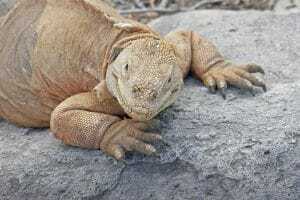
What Route Did HMS Beagle Follow?
27 December 1831: HMS Beagle sets sail from Devonport, England
1832: Stops include Canary Islands, Cape Verde, Brazil, Uruguay, and Argentina
December 1832: Tierra del Fuego and Cape Horn
1833: Falkland Islands, Argentine Patagonia
1834-35: Pacific coast of Chile, including Valparaiso, Chiloé, and Iquique
September 1835: Galapagos Islands
November 1835: Tahiti
Jan-Feb 1836: New Zealand and Australia
1836: Mauritius, Cape Town, St Helena, Ascension Island, Brazil, Azores
2 October 1836: HMS Beagle returns to Falmouth, England
Share


 a Group Tour
a Group Tour 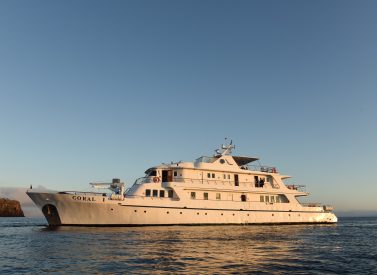

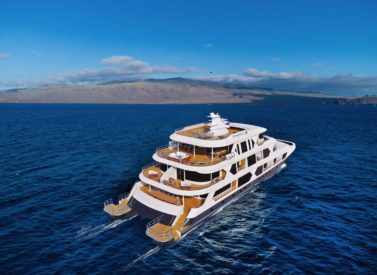
 a Tailor Made Tour
a Tailor Made Tour 